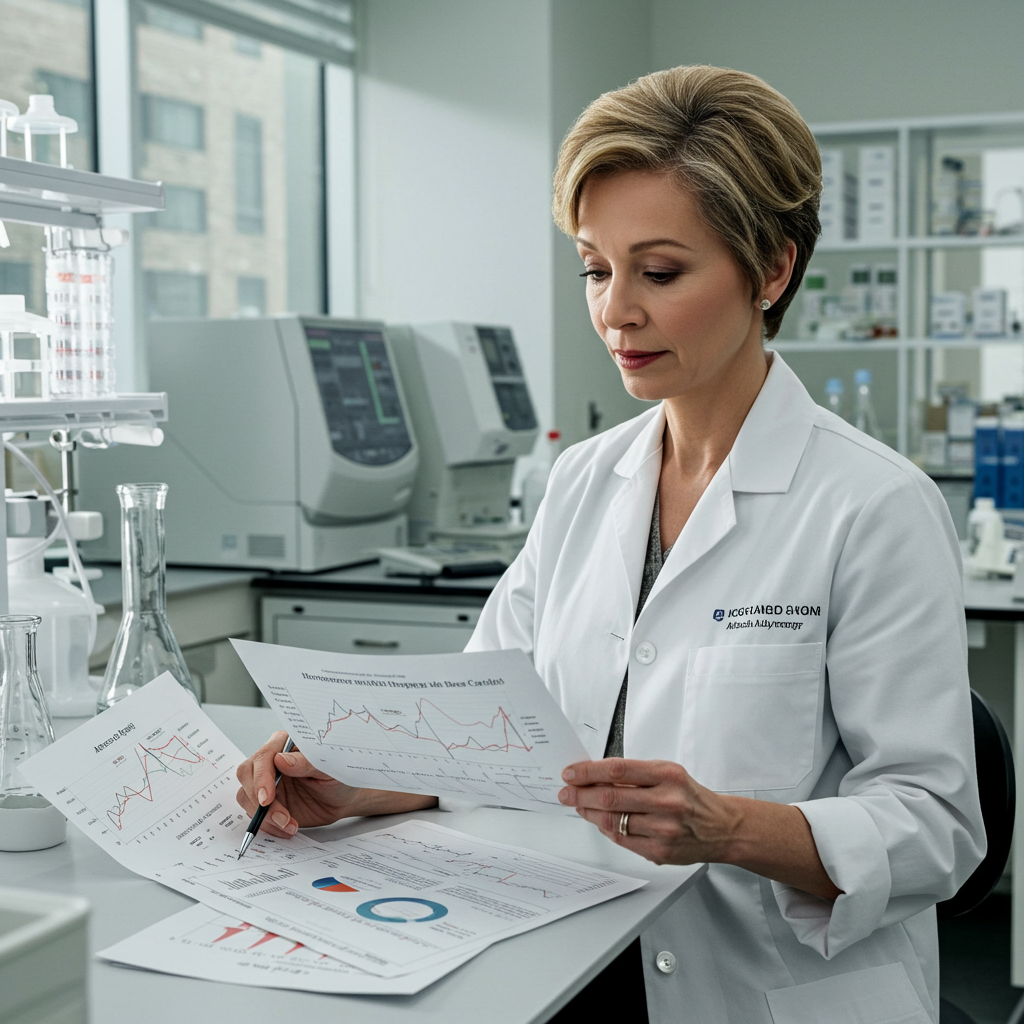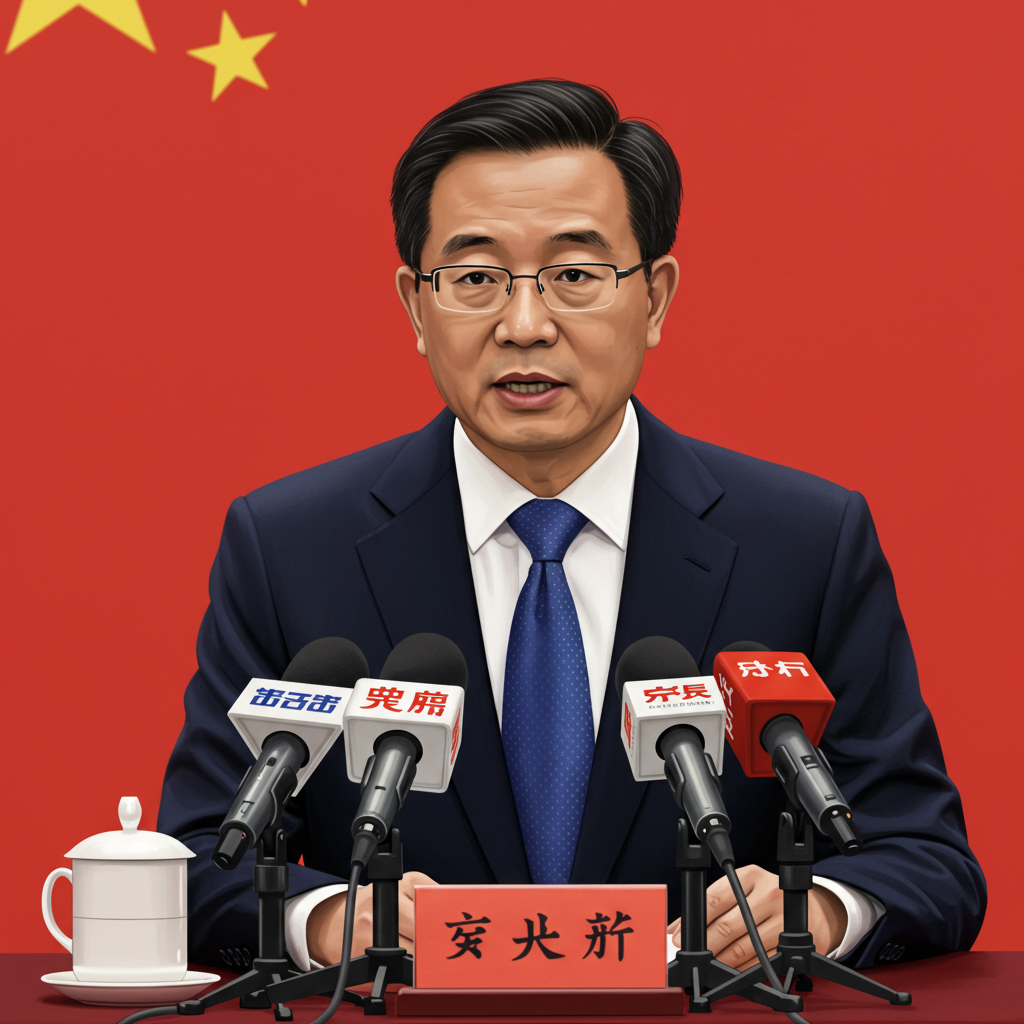For women under 55, understanding the link between hormone <a href="https://news.quantosei.com/2025/07/02/study-finds-new-link-between-hrt-and-breast-cancer-risk-in-young-women/” title=”Proven Link: HRT Type Changes Young Breast Cancer Risk (57 characters)”>therapy and breast cancer risk is crucial. Recent groundbreaking research reveals that not all hormone therapies carry the same risk profile. A large international study led by scientists at the National Institutes of Health (NIH) provides essential new evidence, suggesting that the specific type of hormone therapy used significantly influences breast cancer risk in this younger population. Published in Lancet Oncology, these findings extend previous knowledge, which primarily focused on older, postmenopausal women, and are set to help guide clinical recommendations for younger individuals navigating hormone therapy decisions.
Hormone therapy (often called HT or HRT) is commonly prescribed to manage challenging symptoms related to menopause, such as hot flashes and night sweats, or to address hormone deficiencies following surgeries like a hysterectomy (removal of the uterus) or oophorectomy (removal of the ovaries). The two main types discussed in the study are estrogen-only hormone therapy (E-HT) and combined estrogen plus progestin hormone therapy (EP-HT). It’s important to note that E-HT is typically recommended only for women who have had a hysterectomy due to the increased risk of uterine cancer when estrogen is used alone with an intact uterus.
Hormone Therapy and Risk: A Tale of Two Types
The NIH study analyzed data from over 459,000 women under the age of 55 across North America, Europe, Asia, and Australia. Over nearly eight years of follow-up, researchers observed that the impact on breast cancer risk differed dramatically depending on the type of hormone therapy used.
Women treated with estrogen-only hormone therapy (E-HT) experienced a lower likelihood of developing breast cancer. Specifically, E-HT users were 14% less likely to be diagnosed with the disease compared to women who never used hormone therapy. This represents a statistically significant protective effect. The study found this benefit was even more pronounced among women who began E-HT at younger ages or continued its use for longer periods. By age 55, the absolute risk reduction associated with E-HT was estimated to be about 0.5%.
Combined Therapy Shows a Different Trend
In stark contrast, the study revealed that women using estrogen plus progestin hormone therapy (EP-HT) faced a modestly increased risk of breast cancer. EP-HT users had a 10% higher rate of diagnosis compared to non-users. This increased risk was particularly notable with longer duration of use, rising to 18% higher among women who used EP-HT for more than two years relative to those who never used it.
Considering cumulative risk before age 55, the study’s authors estimated the risk for EP-HT users could be around 4.5%. This compares to an estimated 4.1% risk for women who never used hormone therapy and a lower 3.6% risk for those who used E-HT.
Nuances in Risk Factors
The research highlighted a critical factor influencing the risk profile of EP-HT: whether a woman had undergone gynecological surgery, specifically hysterectomy or oophorectomy. The increased association between EP-HT and breast cancer risk was significantly elevated among women who had not had these procedures, meaning they had an intact uterus and ovaries. This underscores the need to consider a woman’s surgical history when evaluating the potential risks of starting hormone therapy.
Interestingly, the analysis also delved into breast cancer subtypes. It suggested that EP-HT might be more strongly linked to certain types of breast cancer, including estrogen receptor-negative and triple-negative breast cancer. This area warrants further investigation but points to potential biological differences in how these cancers might respond to combined hormones.
Expert Insights and Personalized Decisions
Lead author Katie O’Brien, Ph.D., from NIH’s National Institute of Environmental Health Sciences (NIEHS), emphasized that hormone therapy can significantly improve the quality of life for many women struggling with severe symptoms or hormonal changes after surgery. She noted that this study provides valuable, clearer information about the risks associated with different types of therapy, which will empower patients and doctors to create more informed treatment plans.
Senior author Dale Sandler, Ph.D., also from NIEHS, stressed the critical importance of personalized medical advice. These findings make it clear that women and their healthcare providers must carefully weigh the benefits of symptom relief against the potential risks, especially concerning EP-HT. For women with an intact uterus and ovaries, the increased risk observed with EP-HT should prompt careful and thorough deliberation. Dr. Kotryna Temcinaite from Breast Cancer Now echoed this sentiment, stating that while the overall risk with HRT is generally small and often outweighed by benefits for menopausal symptoms, the risk does increase with longer use and is higher with combined therapy compared to estrogen-only.
These results align with findings from previous large studies focusing on older, postmenopausal women, reinforcing the differential impact of E-HT and EP-HT. However, by providing specific evidence for women under 55, this research fills a crucial gap and offers essential data to guide decision-making for younger women considering or using hormone therapy during perimenopause or after surgery.
Implications for Patients and Clinicians
The core takeaway from this study is that when considering hormone therapy for women under 55, the specific type of therapy matters profoundly in relation to breast cancer risk. Estrogen-only therapy appears to be associated with a reduced risk, while combined estrogen plus progestin therapy is associated with a small but notable increased risk, particularly with prolonged use and when the uterus and ovaries are intact.
This research doesn’t suggest that women should universally avoid EP-HT. Instead, it reinforces the need for individualized risk assessment. Healthcare providers should discuss a woman’s medical history, surgical status, symptom severity, and potential breast cancer risk factors to determine the most appropriate course of action. The goal is to maximize symptom relief and quality of life while minimizing potential long-term health risks. This study empowers those conversations with more precise data relevant to younger women.
Frequently Asked Questions
What is the main finding of this study regarding hormone therapy and breast cancer risk in younger women?
The study found that the type of hormone therapy significantly affects breast cancer risk in women under 55. Estrogen-only therapy (E-HT), typically used after a hysterectomy, was linked to a 14% lower risk. In contrast, estrogen plus progestin therapy (EP-HT) was associated with a 10% higher risk, especially with use exceeding two years or in women with an intact uterus and ovaries.
Should women under 55 stop using hormone therapy based on these findings?
No, the study doesn’t recommend stopping therapy without medical advice. The findings highlight the need for personalized care. Women using or considering hormone therapy should discuss these results, their individual health profile, symptom severity, and potential risks and benefits with their healthcare provider to make an informed decision tailored to their specific situation.
Why did the study find different risks for estrogen-only versus combined hormone therapy?
The difference in risk profiles is complex but likely relates to how different hormones affect breast tissue, particularly in the presence of progestin and the uterus. Estrogen alone might have protective effects in certain contexts after hysterectomy, while adding progestin, especially with an intact uterus, appears to stimulate breast tissue in a way that increases risk over time for some women. The study’s subtype analysis suggests differential impacts on specific cancer types.
—
In conclusion, the NIH study provides critical new evidence differentiating the breast cancer risks associated with various hormone therapies for women under age 55. While E-HT appears protective, EP-HT carries a modest increased risk, particularly influenced by duration of use and surgical status. These findings underscore the vital importance of personalized medical consultations, allowing women and their doctors to make informed decisions that weigh the benefits of symptom management against individual risk factors.



